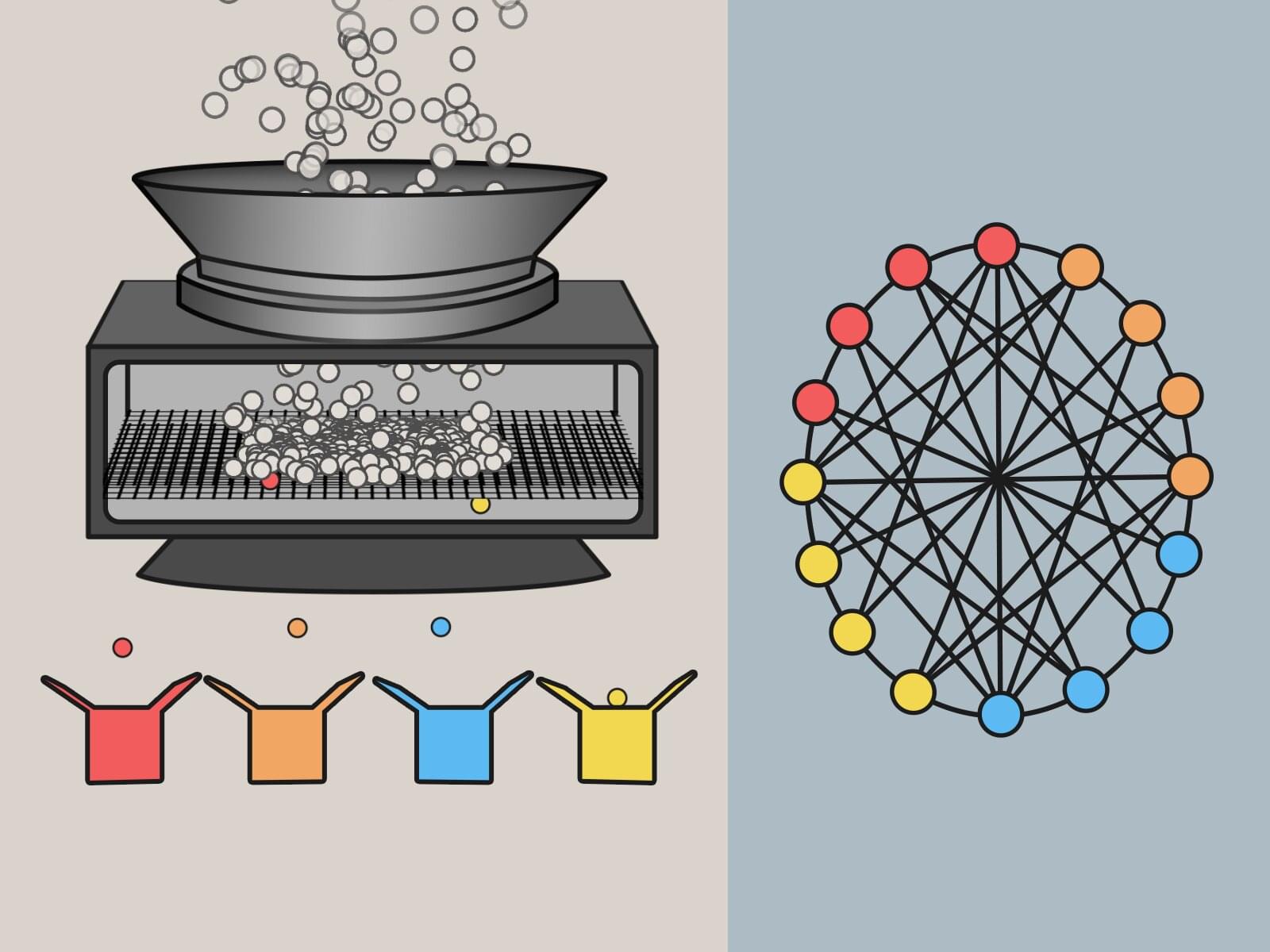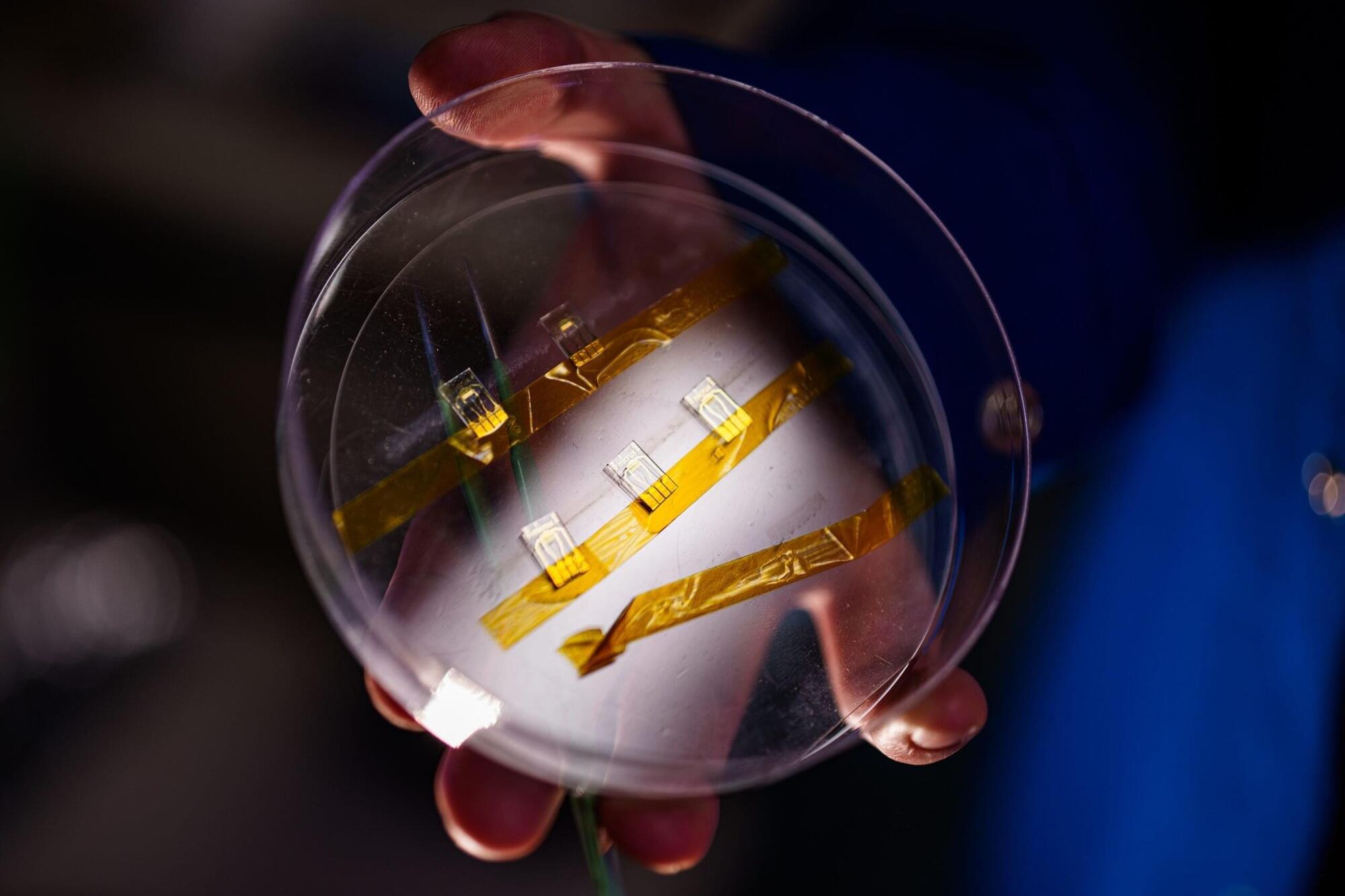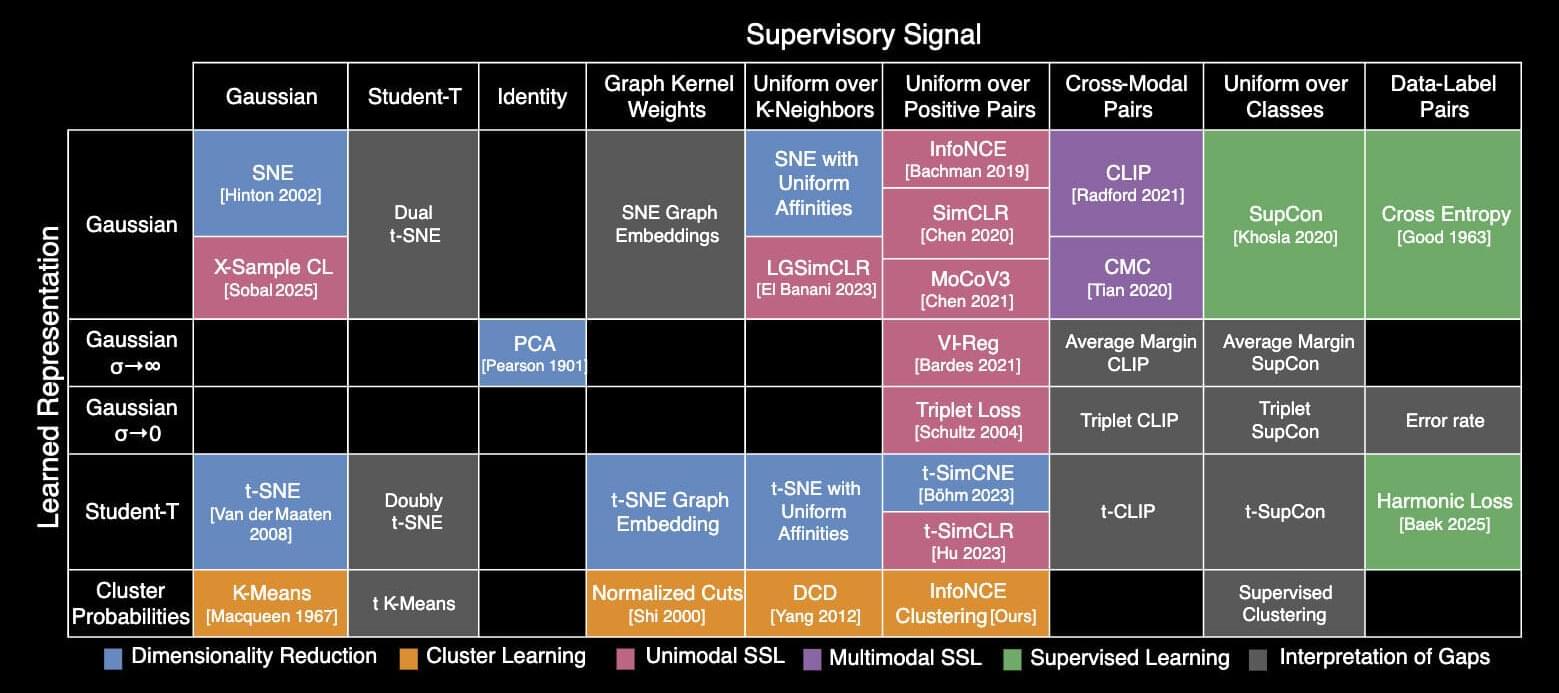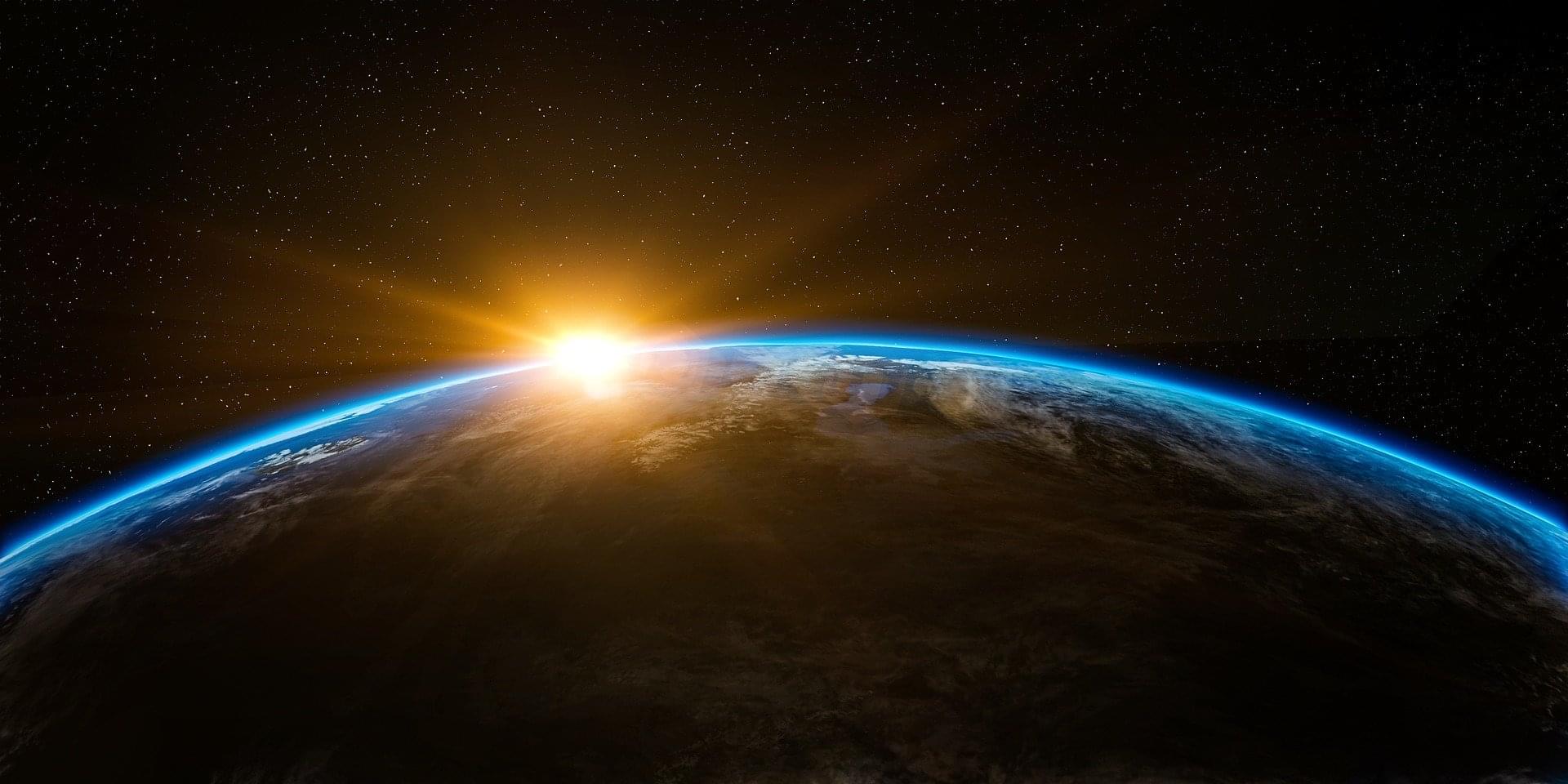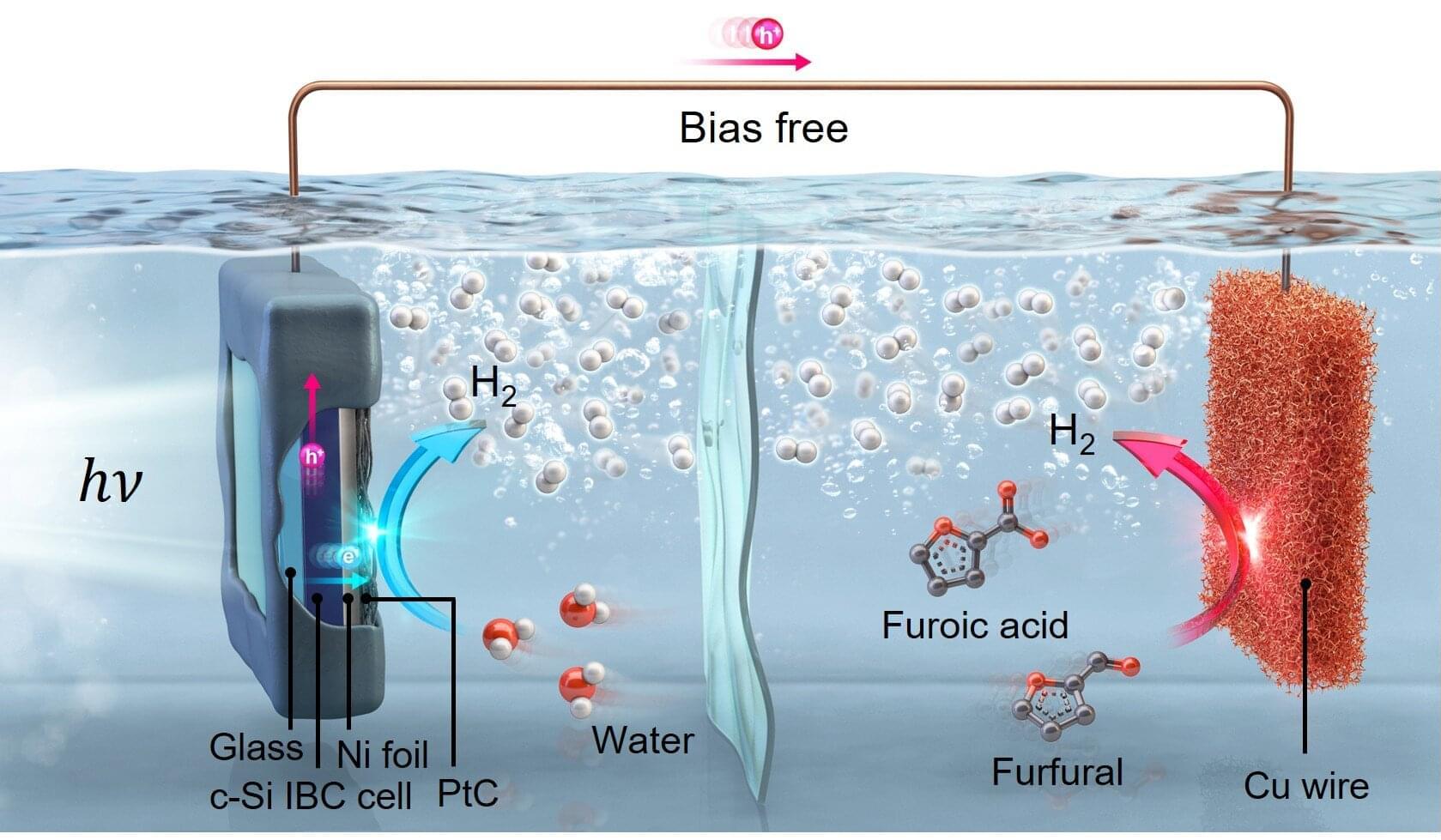Chemists have confirmed a 67-year-old theory about vitamin B1 by stabilizing a reactive molecule in water—a feat long thought impossible. The discovery not only solves a biochemical mystery, but also opens the door to greener, more efficient ways of making pharmaceuticals.
The molecule in question is a carbene, a type of carbon atom with only six valence electrons. Generally, carbon is stable with eight electrons around it. With only six electrons, it is chemically unstable and highly reactive. In water, it usually decomposes instantly. But for decades, scientists have suspected that vitamin B1, also known as thiamine, may form a carbene-like structure in our cells to carry out vital reactions in the body.
Now, for the first time, researchers have not only generated a stable carbene in water, they’ve also isolated it, sealed it in a tube, and watched it stay intact for months. This discovery is documented in a paper published last week in Science Advances.
